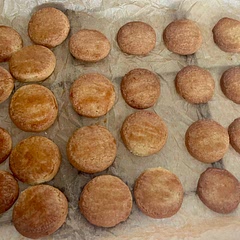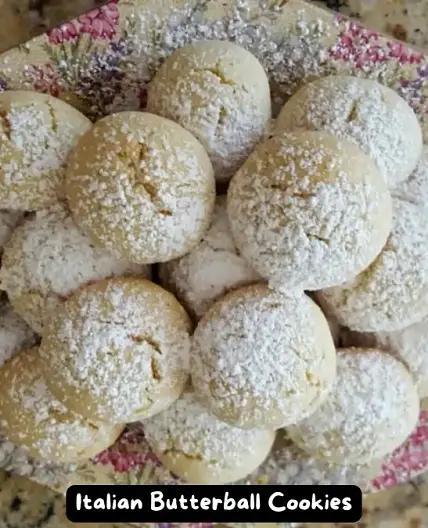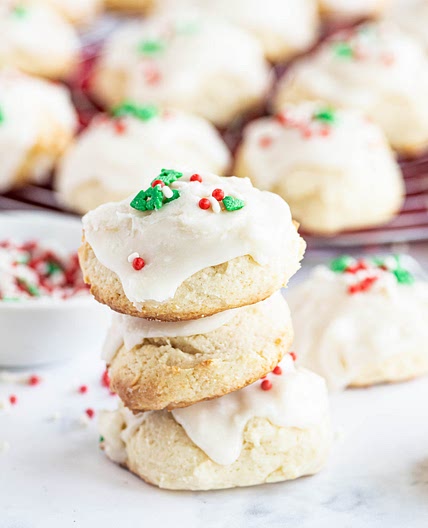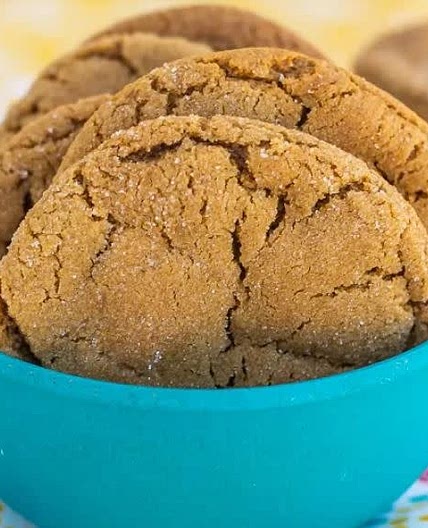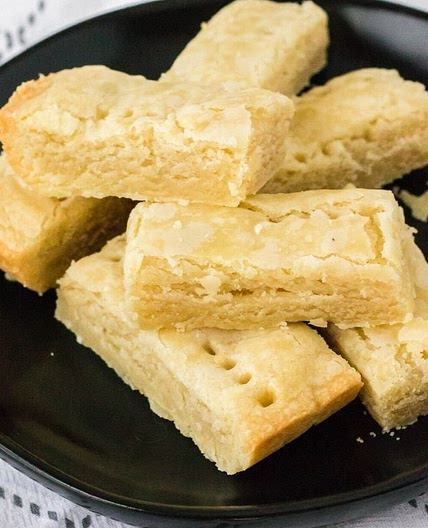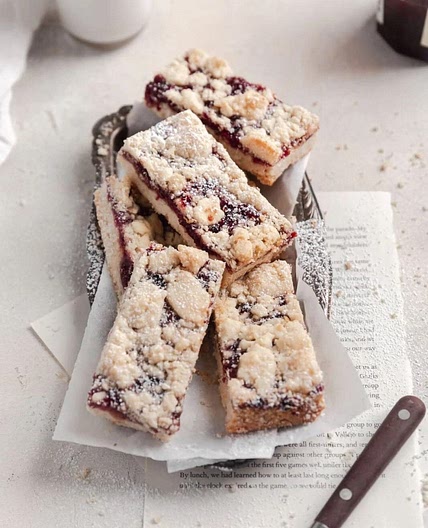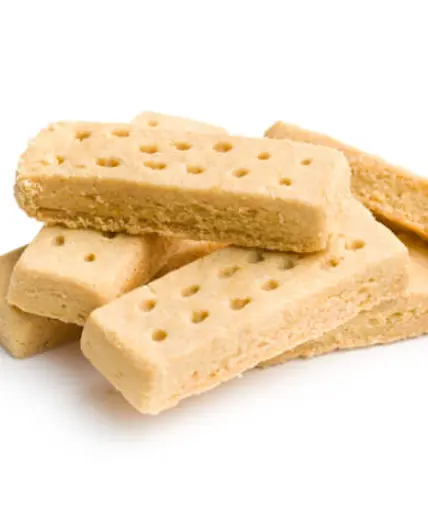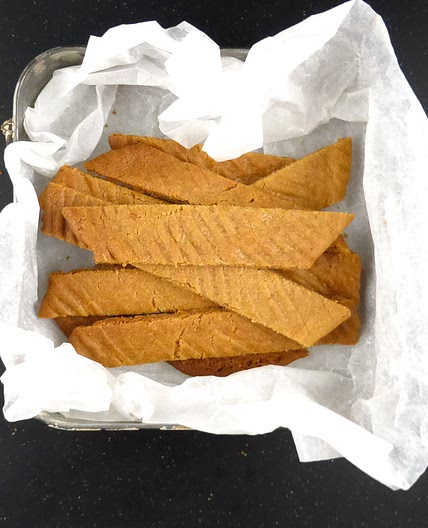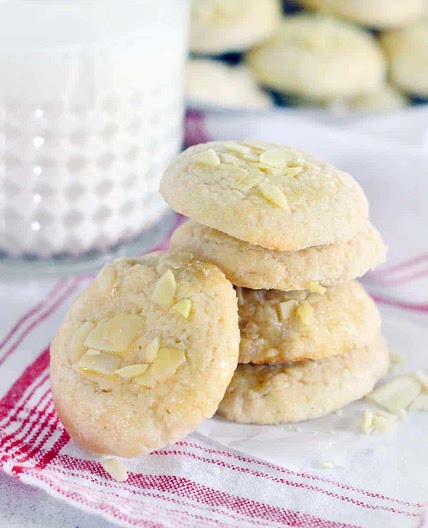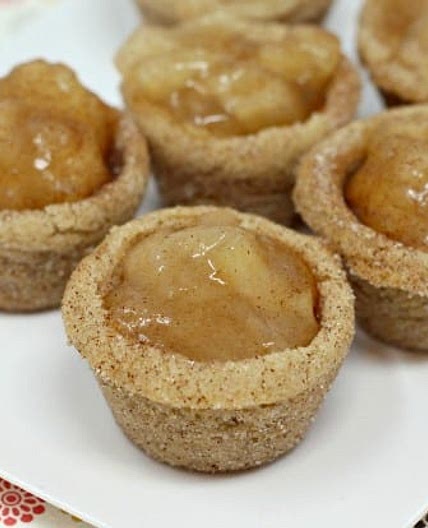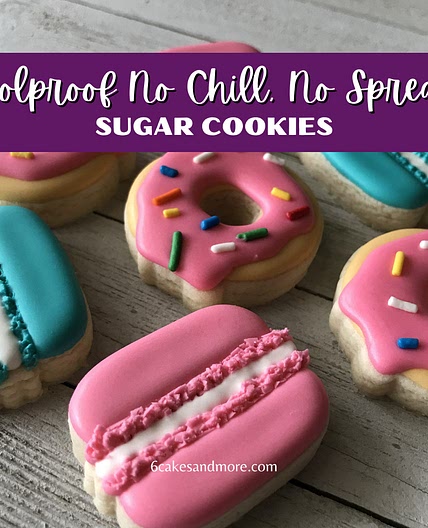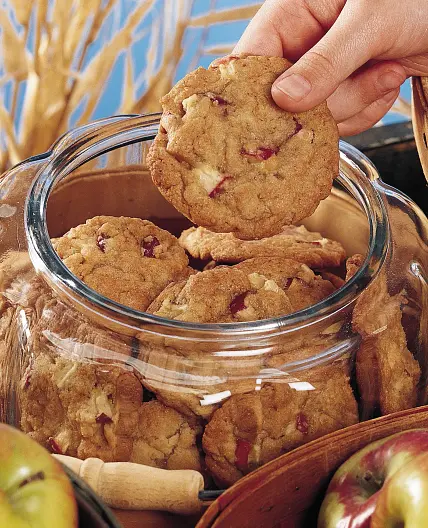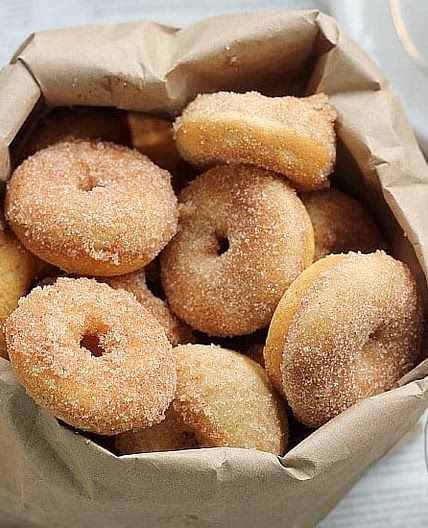
1/2

2/2
100%
1
By Fernando O
Biscotti all’arancia (Italian orange biscuits)
12 steps
Prep:15minCook:9min
Soft, sweet, tangy, and trully delicious Italian biscuits, using orange-flavoured pasta frolla (Italian pastry). These are great to have with coffee or tea! Pasta frolla is similar to a traditional pie shortcrust but has a sweeter and lighter flavour and texture. It's possible to make Pasta Frolla ahead of time, keeping it in the fridge for 2 or 3 days maximum. Alternatively, you can freeze it and keep it in the freezer for about 3 months. When you want to use it, just defrost in the fridge, roll and bake in 10 minutes.
This recipe makes about 100 biscuits! You can make them all at once, or split the pastry in 4 and make 1/4 at a time (about 25 biscuits per batch), freeze the rest, then defrost it in the fridge and make smaller amounts many times.
Updated at: Sun, 30 Mar 2025 15:07:33 GMT
Nutrition balance score
Unbalanced
Glycemic Index
72
High
Glycemic Load
18
Moderate
Nutrition per serving
Calories191 kcal (10%)
Total Fat8.7 g (12%)
Carbs25.6 g (10%)
Sugars10.1 g (11%)
Protein2.7 g (5%)
Sodium55.7 mg (3%)
Fiber0.6 g (2%)
% Daily Values based on a 2,000 calorie diet
Ingredients
20 servings
Pasta frolla (the pastry)
200ggranulated sugar
200gunsalted butter
1 ½ tspvanilla extract
1zest of orange
1egg
1yolk
400gplain flour
½ Tbspbaking powder
1 pinchsalt
Finishing
Instructions
Step 1
In a large bowl, add the soft (room temperature) butter and the sugar, and beat together with a pastry whisk until you get a creamy homogeneous mix. You can also do this step in a mixer with a beater attachment, but I prefer hand mixing it to minimise the heat added to the the dough.
Step 2
Now you need to flavour / perfume the mix. Add the vanilla extract and the zest of 1 large orange and mix until integrated. You can also do this step in a mixer with a beater attachment, but I prefer hand mixing it to minimise the heat added to the the dough.
Step 3
Add the egg and the yolk and beat until you get a homogeneous emulsion. You can also do this step in a mixer with a beater attachment, but I prefer hand mixing it to minimise the heat added to the the dough.
Step 4
We don't want to develop or strengthen the gluten in this dough, so if you've been using a whisk or a mixer, it's time to put it to the side and get a spatula.
Add the flour, salt and baking powder to the bowl, and incorporate as much of it as you can, by folding it in and pushing with a spatula, without stirring or over mixing it. When it looks like the flour is no longer integrating, stop.
Step 5
Add the flour, salt and baking powder to the bowl, and incorporate as much of it as you can, by folding it in and pushing with a spatula, without stirring or over mixing it. When it looks like the flour is no longer integrating, stop.
Step 6
Pour the pastry mix on a working surface. Don't knead it hard, just push and drag bits of it, stretching it against the surface using the palm of your hand, just enough to integrate the flour that has not yet joint the mix. Should take one or two goes over the dough to integrate all of the flour; don't do this for more than 3 times. Don't overwork or overheat the dough with your hands, as this will develop the gluten and affect the texture and finish.
Step 7
Make a big cylinder with the dough, wrap it in cling film and cool in the fridge for at least 2 hours. For best results, you should make pasta frolla the day before using it, and leave it resting overnight in the fridge, wrapped in cling film. This cools down and firms up the pastry, and allows butter to fully moisten the flour and sugar, for a better integration of the dough.
If you can't wait, you can accelerate the cooling in the freezer for 20 minutes; this will cool it and firm it up, but will produce a more crumbly and fragile dough than slow cooling it in the fridge, that will be harder to roll and transfer to the tin without cracks.
Step 8
Once the cooling time has passed, preheat the oven to 180ºC (350ºF) and line a baking sheet with parchment paper.
Step 9
Get the pastry out of the fridge. At this point I usually cut it in 5 equal parts and freeze 4 of them so I have portioned pastry ready to go for smaller batches. You can use as much of it as you want in one go, but be aware that the full amount of pasta frolla will make more than 100 biscuits. Flour the surface and the rolling pin, and roll the pastry until it’s about 5-6mm (1/5") thickness. I use a non stick silicone pastry mat to minimise sticking and make cleaning easier.
Step 10
Cut the pastry in bite size biscuits (I use a 3-4cm round cutter for this) and place them on the lined baking sheet, leaving at least 5-7mm in between them. Paint them with egg white, for a glossy, crispy surface.
Step 11
Bake in the oven at 180ºC (350ºF) until slightly golden, for 8-10 minutes
Step 12
Let them cool down before serving. Enjoy!
Notes
1 liked
0 disliked
Crispy
Delicious
Easy
Fresh
Go-to
